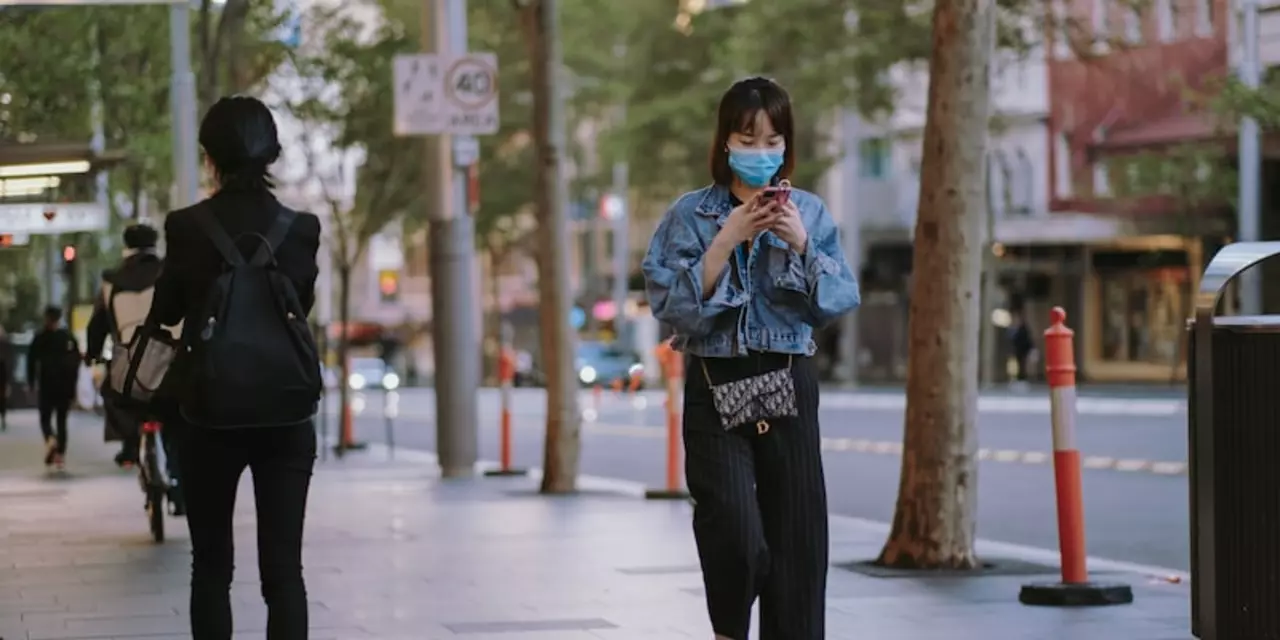Bakrid Festival: Your Simple Guide to Celebrate Right
Bakrid, also called Eid al-Adha, comes once a year and brings families together. It marks a story from centuries ago, but the way we celebrate is still fresh and easy to follow. If you’re new to Bakrid or want a quick refresher, this guide breaks everything down in plain language.
What is Bakrid and Why It Matters
Bakrid remembers a prophet’s willingness to sacrifice his son, showing devotion and trust. The key idea is to share what you have, especially with those who need help. That’s why the festival is known for giving, praying, and a special animal sacrifice.
The date follows the lunar calendar, so it moves about 10 days earlier each year. You can check a local calendar or a reliable website to know the exact day for your region. Knowing the date helps you plan meals, prayers, and visits.
How to Celebrate Bakrid: Traditions, Food & Tips
First, many people perform the prayer (Salat al-Eid) in a large gathering, either at a mosque or an open field. The prayer is short, followed by a short sermon that reminds everyone about the spirit of sharing.
After the prayer, the sacrifice takes place. Traditionally, a goat, sheep, cow, or camel is offered. If you’re not comfortable handling the animal yourself, most cities have authorized butchers who take care of it. The meat is split into three parts: one for the family, one for friends, and one for the poor. This split makes sure nobody is left out.
The feast is the highlight for many. Classic dishes include a spiced roast goat, fried kebabs, and a simple rice dish called biryani. Pair the meat with fresh salads, chutney, and sweet treats like baklava or sheer khurma. Cooking in big batches saves time and lets everyone help out.
Don’t forget the charitable side. If you have extra meat, give it to neighbors, the elderly, or local charities. A small contribution goes a long way, and it feels good to see smiles on people’s faces.
Dress nicely but keep it comfortable. Many wear traditional clothes like kurta-pajama or shalwar-kameez, but any clean, modest outfit works. The goal is to feel respectful during prayers and relaxed during the gathering.
Finally, use the day to connect. Call relatives you haven’t spoken to in a while, send a quick message, or visit them if possible. Bakrid is as much about family bonds as it is about rituals.
With these simple steps—know the date, attend the prayer, handle the sacrifice responsibly, share the feast, and reach out to loved ones—you’ll have a smooth, joyful Bakrid. Enjoy the food, the prayers, and the moments of togetherness. Happy Bakrid!
Posted by
Arvind Suryavanshi
0 Comments

The Covid-19 pandemic has affected people across the world, and India is no exception. A number of restrictions have been imposed to curb the spread of the virus, which has resulted in economic distress for many people. To help traders make up for some of the losses, the government has allowed relaxation of some of the restrictions during the festival of Bakrid. This will facilitate people to buy and sell items, and help traders conduct business.
read more